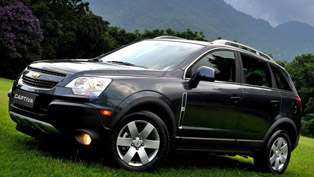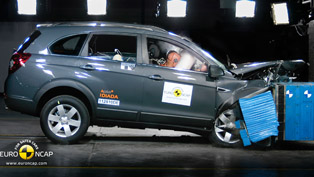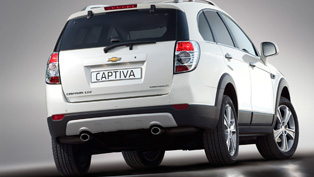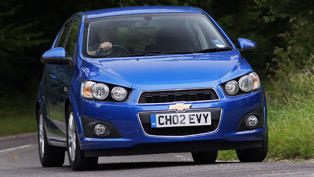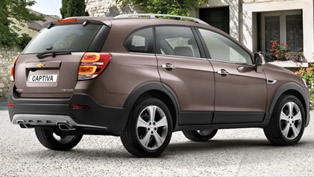Safer Driving: How to pack your car for a vacation trip
Today, car drivers know that all occupants have to wear seatbelts, children have to ride in safety seats and that the headrests have to be properly adjusted. Unfortunately, however, many still fail to observe certain safety rules when loading baggage. The Chevrolet Captiva, which is particularly popular among families, offers a number of equipment solutions that help to safely and comfortably transport baggage.
Admittedly: With a trunk as large as the Captiva's, with a volume of at least 465 liters, it is tempting to stow away pieces of baggage and other cargo randomly. Those, however, who care about their life – and that of their passengers – stick to the safety rules when loading their car, the most important of which is: Heavy items belong to the bottom of the trunk and should be pushed tight up against the back seat to reduce the risk of them bursting through in a crash. Here is why: A full case of mineral water weighs 17 kilos. In a crash, these 17 kilos turn into over half a ton of weight banging into the back seat. In order to minimize the penetrating power of such cargo, heavy items have to be placed directly against the back seat – and be kept from sliding backward by means of other pieces of baggage or tie-downs. If not, everything could come crashing forward during the in the event of a sudden braking maneuver or an accident.
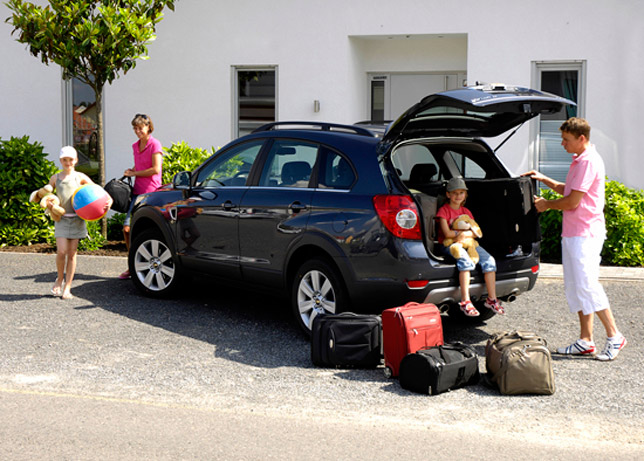
In addition to heavy suitcases, vacation baggage often includes lighter items such as sports bags, beach mats, inflatable mattresses and rubber boats. They are to be stowed in a way that they fill up the empty space around the heavier items – as firmly and compactly as possible. Packing above the line of the back seats should be avoided. Anything packed higher than that is at risk of flying forward and injuring the passengers in the event of abrupt braking or a crash. The seven-seat variants of the Captiva feature a baggage net as standard that prevents objects from becoming dangerous projectiles. The five-seaters can be retrofitted at dealerships. It is also recommended to secure the baggage with cargo straps. The appropriate fastening eyes come as standard in the Captiva's trunk, the straps are available at dealerships. If there are no passengers in the back, the rear seatbelts should be closed crosswise to give the back seat additional stability.
Important: The warning triangle, warning vest and first-aid kit have to be stowed in a place where they can be reached easily at any time!
Two more tips for safe vacation driving: Because of the heavier load, tire pressure has to be adjusted (see handbook). Also, the weight in the rear of the car lifts the front. In order to avoid the headlights from thus blind oncoming traffic at night, the beam has to be adjusted accordingly. Only in the entry-level Captiva, however: All other Captiva models feature an automatic leveling system on the rear axle.
